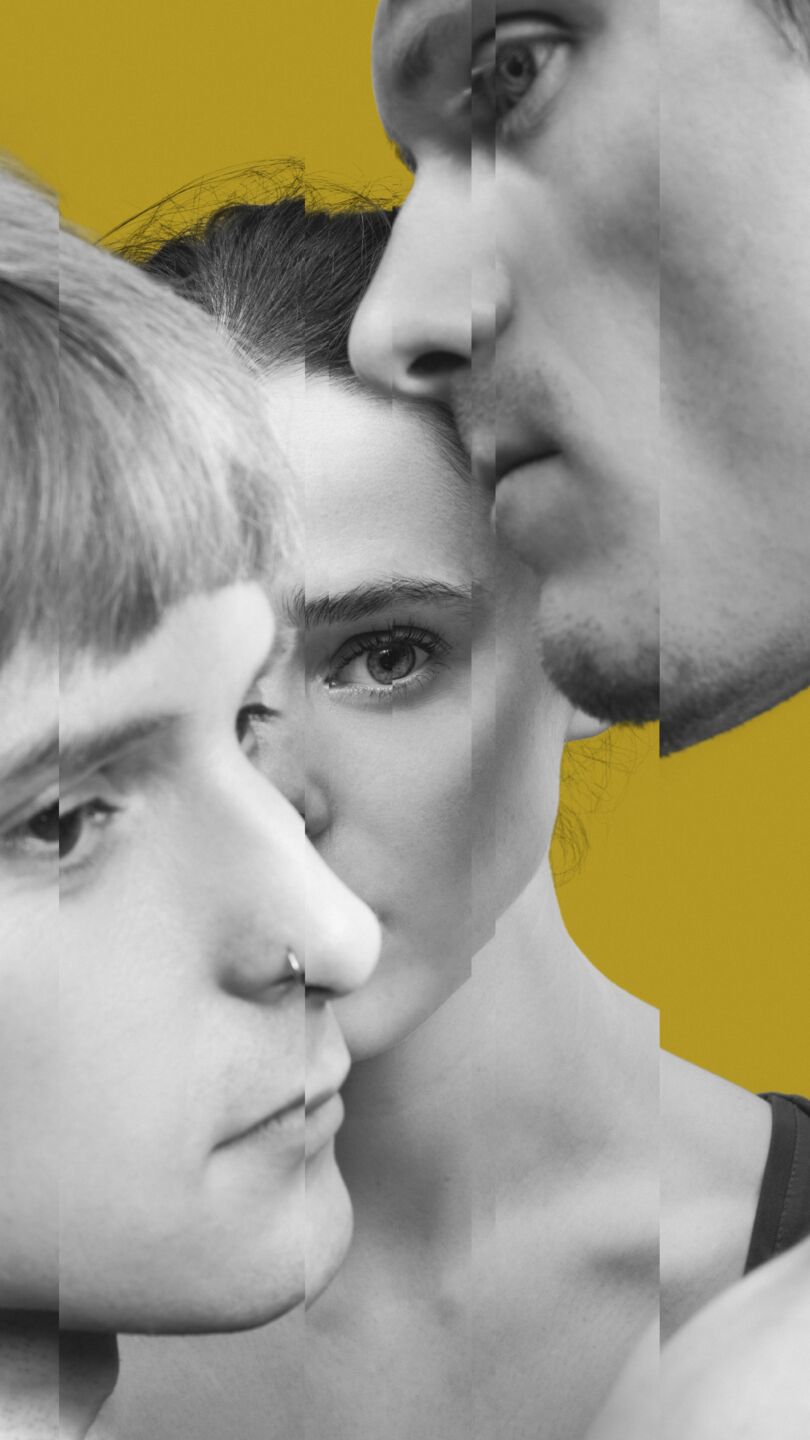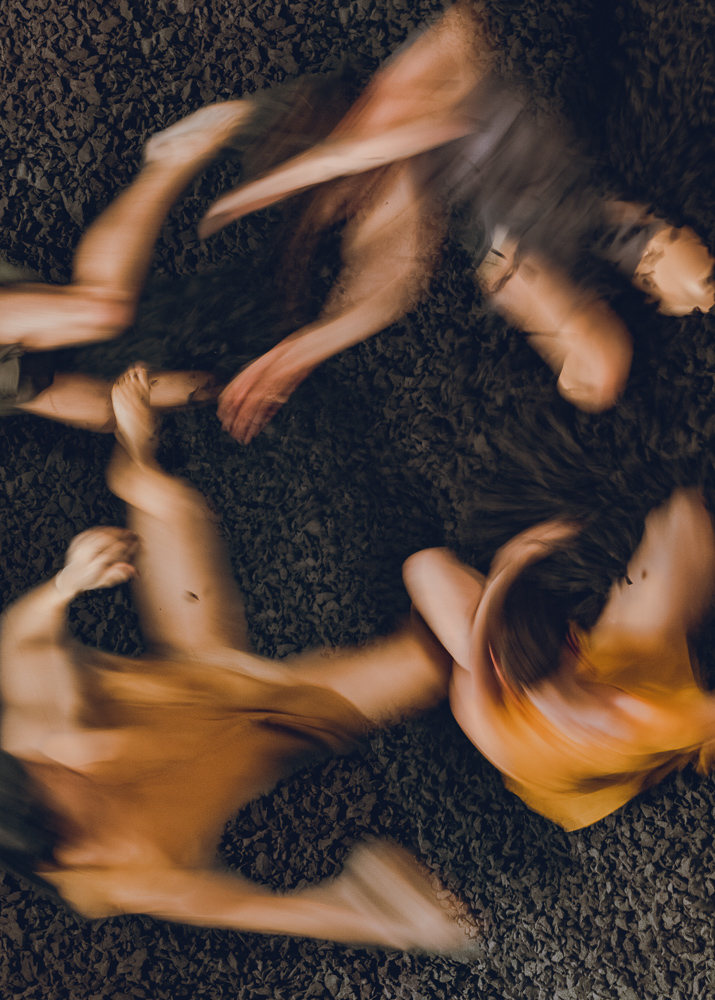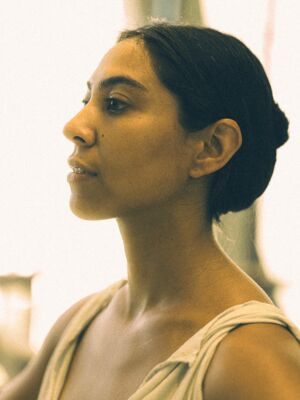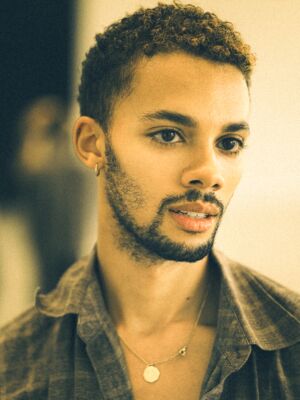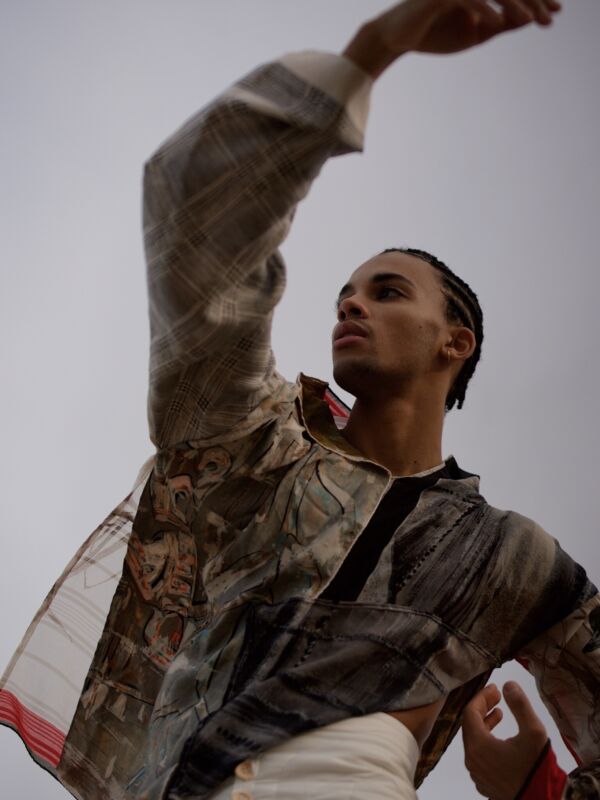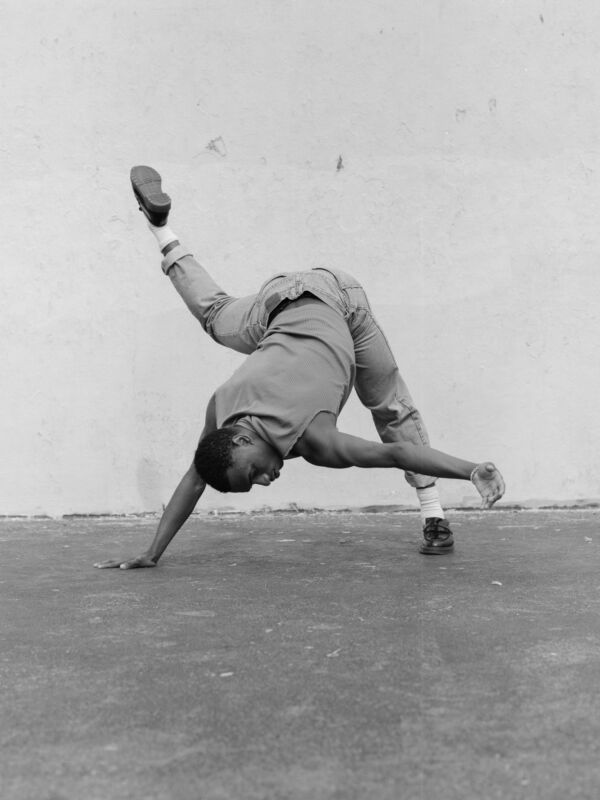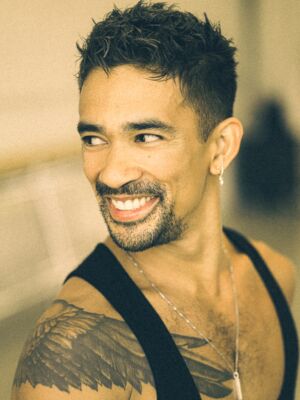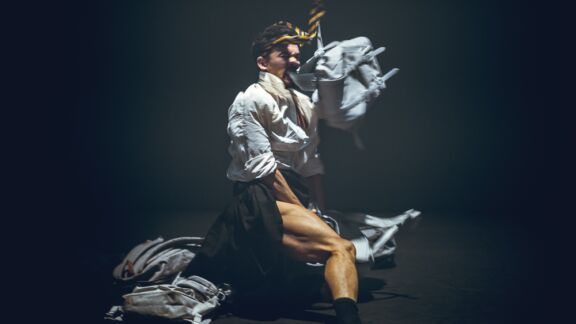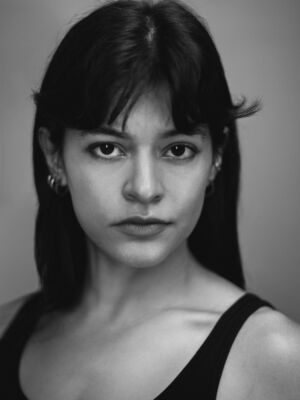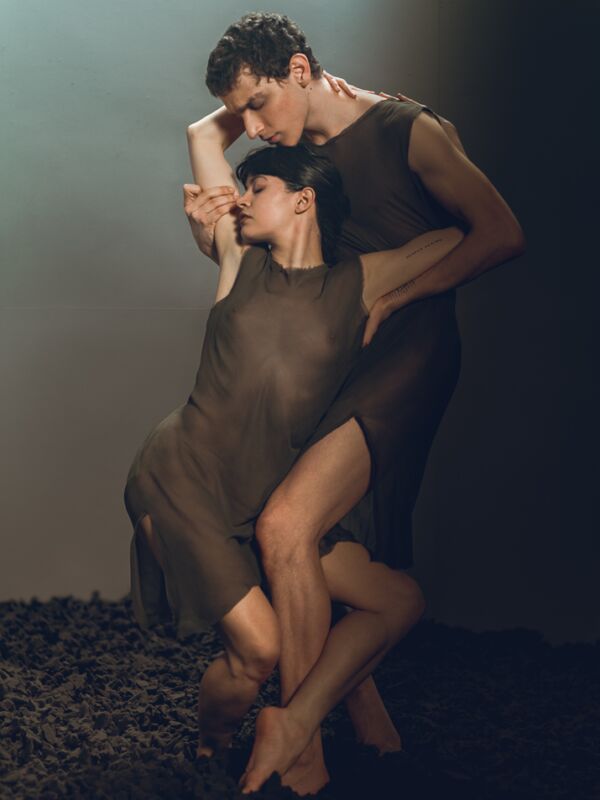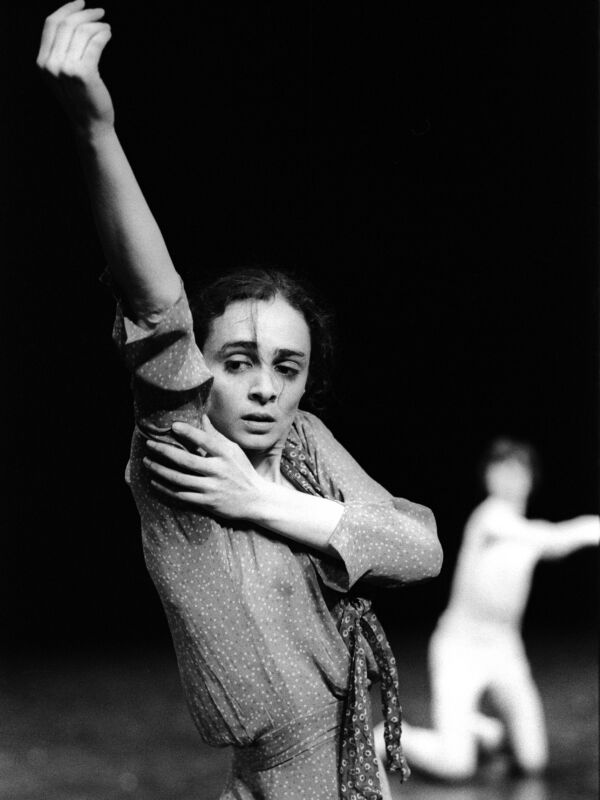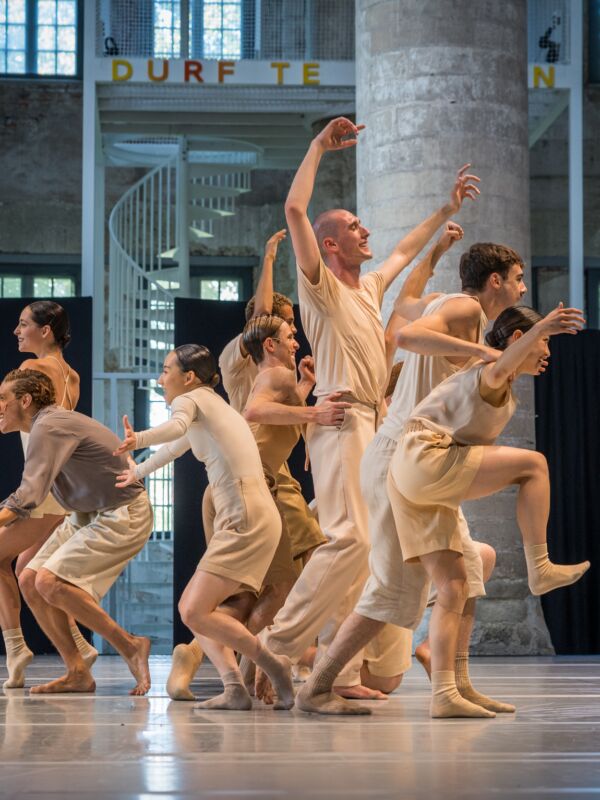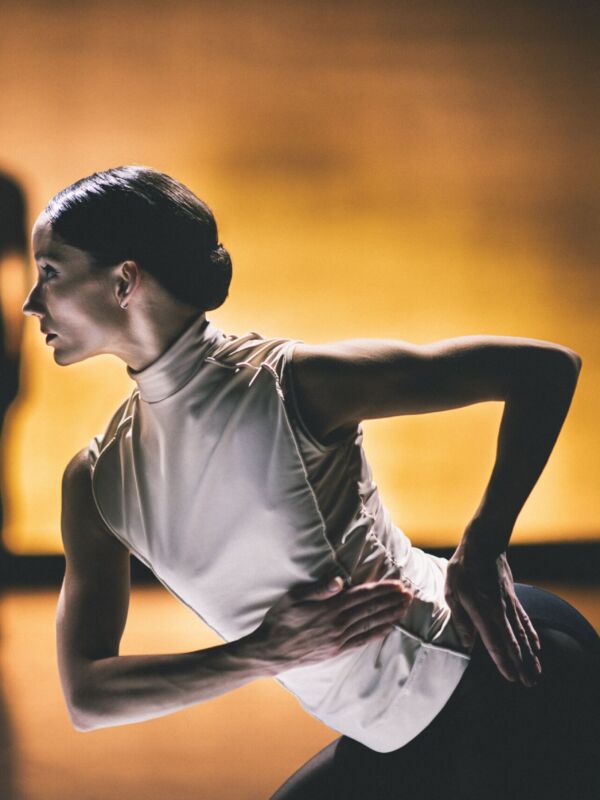October marks Black Achievement Month in the Netherlands, a month in which we celebrate people of color and their contribution to society. We asked several of our dancers to reflect on the importance of this celebration and on how they navigate today’s dance world as dancers and artists. Throughout the month, we will share several insights written by them. Please enjoy the read!
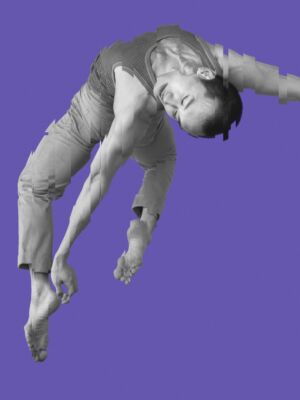
Falling into Shadow
NDT 2 presents Falling into Shadow: a programme featuring a world premiere by Botis Seva, Wir Sagen uns Dunkles by Marco Goecke and Walking Mad by Johan Inger. To be seen from March 27 onwards in various Dutch theatres.
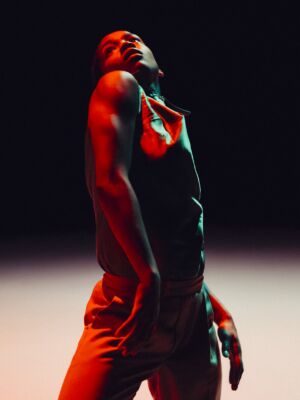
Discover the new season!
In season 2025-2026 we bring you bold, thought-provoking contemporary dance at its finest, featuring acclaimed artists from all over the world. Ticket sales for the performances in Amare, The Hague start Thursday April 10 at 12PM.
